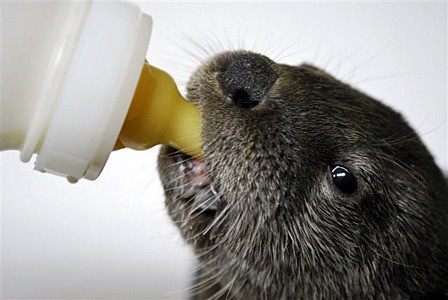Truffle fries. Beef sliders. Mini bagels with gourmet spreads. Ribs and prawns. Spicy sausage. Salmon torte. Strawberry rhubarb shortcake.
It’s a menu worthy of a royal feast, and locals will have the chance to enjoy these culinary offerings and more during the 15th Annual Bite of Orcas on Saturday, May 29 on the Village Green from 11 a.m. to 3 p.m.
Organizers say it’s a wonderful family event, where parents and kids can sample a wide variety of cuisine at prices that won’t break the bank. Tickets are $1 each and can be used at the restaurants’ booths underneath the big white tent on the Village Green.
The food may be mini, but the contribution is not. Proceeds from the event go to Wolf Hollow Wildlife Rehabilitation Center, a non-profit organization that has been rehabilitating injured and orphaned wildlife, providing public education, and conducting non-invasive research for 27 years.
More than 15 island food purveyors are contributing delicacies (and donating 33 percent of their profits) to the Bite of Orcas: Allium, Cafe Olga, Chimayo/Sazio, Deer Harbor Inn, Doe Bay Cafe, Jacob Angel Catering, Madrona Bar and Grill, Mia’s, New Leaf Cafe, Orcas Village Store, Passionate for Pies, Portofino’s, Roses, Inn at Ship Bay, Sunflower Cafe, and Turtleback Farm Inn.
Geddes Martin, owner of Inn at Ship Bay, says he will prepare something “fresh, local, and island-inspired.” He has participated in the annual event since 1998.
Lisa Nakamura, owner of Allium, is whipping up pretzel sandwiches with onion jam and smoked pork. It will be a busy weekend for the chef, who is also debuting her new restaurant.
“I love being on Orcas,” she said. “Everyone has been great. I love walking everywhere. I’m very excited.”
About Wolf Hollow
Wolf Hollow is located on San Juan Island, but serves all of San Juan and Skagit County.
The aim of wildlife rehabilitation is to care for injured, orphaned, or sick native wild animals and release them back into the wild.
Right now, the facility is home to a bald eagle, great horned owl nestlings, a barred owl, a red tailed hawk, a raven, a steller’s jay, mallard ducklings, pigeons, nuthatches, swallows, robins, finches, squirrels, rabbits, red foxes, and deer.
“We treat a wide range of animals – everything except large carnivores and large marine mammals,” said education coordinator Shona Aitken. “But there are other parts to our mission: education and non-invasive research.”
Most of Wolf Hollow’s research involves gathering information to help with a specific case, like studying diet and diseases.
In 2009, Wolf Hollow treated close to 700 animals, the vast majority of which were impacted by humans. Their injuries included being hit by cars, attacked by household pets, flying into windows, being poisoned or shot, and having nests disrupted.
As the human population of the local area increases, there is a greater impact on wildlife and more animals are brought to Wolf Hollow.
“We’re not rescuing bunnies that are about to be eaten by eagles,” Aitken said.
The animals are cared for at the facility on San Juan, but trained volunteers on the other islands respond to calls, assess the nature of each animal’s problem and, when necessary, to capture it and arrange for its transport to the center.
Money from the Bite of Orcas will go towards day-to-day operations at Wolf Hollow.



